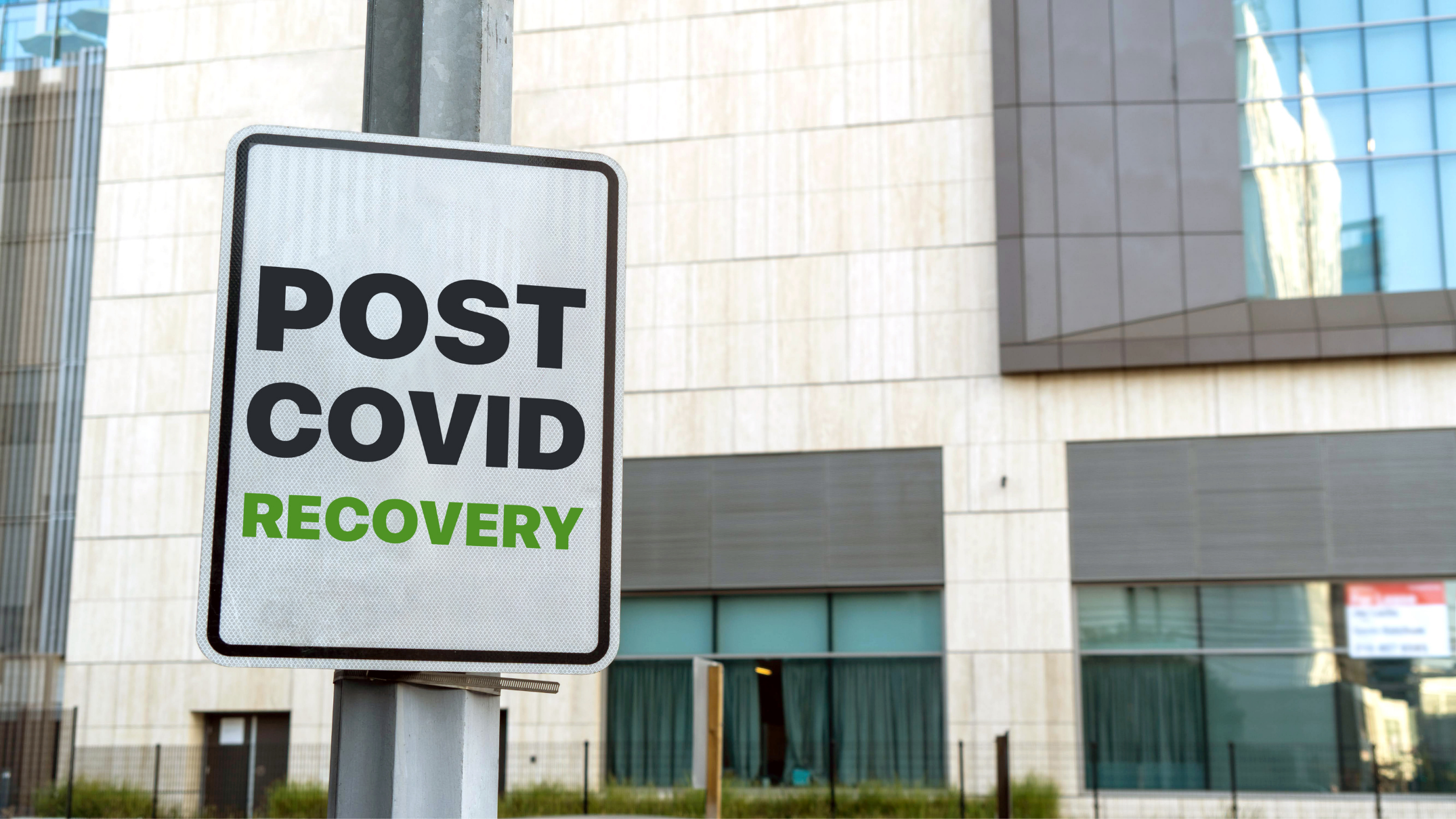Adjusting your Small Business to a Post-COVID Market

By Michelle Loredo
As more vaccines get administered to the public, business restrictions are also becoming laxer. Masks are optional for vaccinated people, and businesses are opening up again.
With COVID-19 restrictions diminishing, small businesses need to be ready to pivot for a post-COVID-19 world. Depending on the type of business you operate, your timeline for business recovery will look different from other businesses. To recover successfully, you need to create a COVID-19 exit strategy that will help your bottom line.
Here are tips how on how to successfully adjust your small business to a post-COVID-19 world.
How Will Your Business Plan Change?
How has your business plan changed due to COVID-19 regulations? Evaluate what you have changed, what should be kept and what needs to be adjusted. Look at your market and see how similar businesses are pivoting their business strategies. From their strategies, see what works for your business. If you have implemented online services to facilitate your business, decide what is beneficial to keep and how it will coincide with in-person services.
What is Your Business’s Financial State?
How has the pandemic affected your business and bottom line? To successfully emerge from the pandemic, see what was affected negatively or positively. You can do this by analyzing and updating cash flow statements. Based on your findings, see what you can adjust for post-COVID-19 and what is working for your business. Here are few things to look over:
-
Bring Back Staff from Furlough
-
Business Specific Modifications
-
Fire Staff
-
Hire More Staff
-
Increase/Decrease Marketing
How Will You Finance Business Changes?
To lead a successful business recovery period post-COVID-19, you need funding for the changes you need to implement. If you are looking for financing, there are several ways to receive monetary help.
-
Small Business Administration Financial Assistance
-
Small Business Loans (Credit Unions and Lenders)
-
Inventory Financing
-
Equipment Financing
The SBA offers multiple channels of financing. They offer small business loans, investment capital, disaster assistance, surety bonds and grants. You can apply to different opportunities through their website or an approved SBA lender.
If you are thinking of applying for small business loans, you can apply through local credit unions or lenders that specify in helping small business owners. They will strive to help you in your business vendor with low-interest rates.
If you are a retail-realter business, you can receive funding from inventory financing. This type of financing is a short-term loan that is designated for business products.
If your small business deals with machinery, then equipment financing is an option. This type of financing can help you get new equipment or replace items in your business.
How Will Branding Be Affected?
As we transition away from the COVID-19 business strategy, the content your business puts out on social platforms needs to adapt to customer expectations and trends. If you are still sharing content with outdated verbiage and messaging, you will be hurting your business. To be successful in business recovery, you need to include a branding and messaging portion to your business strategy. Stay updated as the COVID-19 situation progresses and keep adjusting.
Are You Looking for Extra Assistance?
The UH SBDC Network is here to help you and give you professional assistance at no cost. If you need help in pivoting your small business disaster recovery, our advisors can help. They specialize in capital access, financial analysis, loan proposals, business planning and much more.
We also have on-demand and live webinars that can help you guide you in the right direction. Here are a few examples:







